Meet Francisco Del Río

We had the good fortune of connecting with Francisco Del Río and we’ve shared our conversation below.
Hi Francisco, every day, we know how much execution matters, but we think ideas matter as well. How did you come up with the idea for your business?
The idea for my business was born from a deep personal and professional journey. I was tired of creating art that came only from looking inward — from constantly examining my own thoughts and feelings. I realized I wanted something more connected, more interactive. I wanted to learn from others, collaborate, exchange ideas, and be part of something bigger than myself.
My background is in architecture — I studied and graduated as an architect in Chile, my home country. I’ve always loved architecture, but I often felt that the field there tended to focus more on commercial aspects than on human or creative values. That led me to ask: What if architecture could be more humanized? What if it could be enriched by the emotional and cultural depth that art can bring?
So I began to explore the idea of combining art and architecture — to create a meaningful dialogue between them. That’s how the concept of strategic art was born: a type of art designed specifically to complement and enhance architectural spaces. Art that isn’t just decoration, but that reflects the identity, history, and purpose of the space it inhabits. I call this “Art with DNA” — art that is tailored to each project, each building, and its surrounding environment.
It’s a way of using art to express the soul of a space. This fusion not only makes the experience of inhabiting architecture more meaningful and emotional, but also fosters a deeper connection between people and the places they live, work, or visit. It’s a response to my desire to humanize the world I move in — to make it more thoughtful, more connected, and more alive.
Also, I’ve always believed in collaboration. I love working with architects, engineers, landscapers, designers — all kinds of professionals. And through that teamwork, I noticed that imported or generic art often doesn’t fully resonate with the architectural spaces it’s placed in. That mismatch is what pushed me to create something new — custom-made art that fits perfectly, both functionally and emotionally.
Finally, a key part of the idea is sustainability — creating art that connects architecture not only with people but with the community and the environment around it. I believe architecture shouldn’t be indifferent to its context. It should generate a sense of belonging and engagement. That’s the kind of world I want to help build — through art that tells a story and leaves a mark.
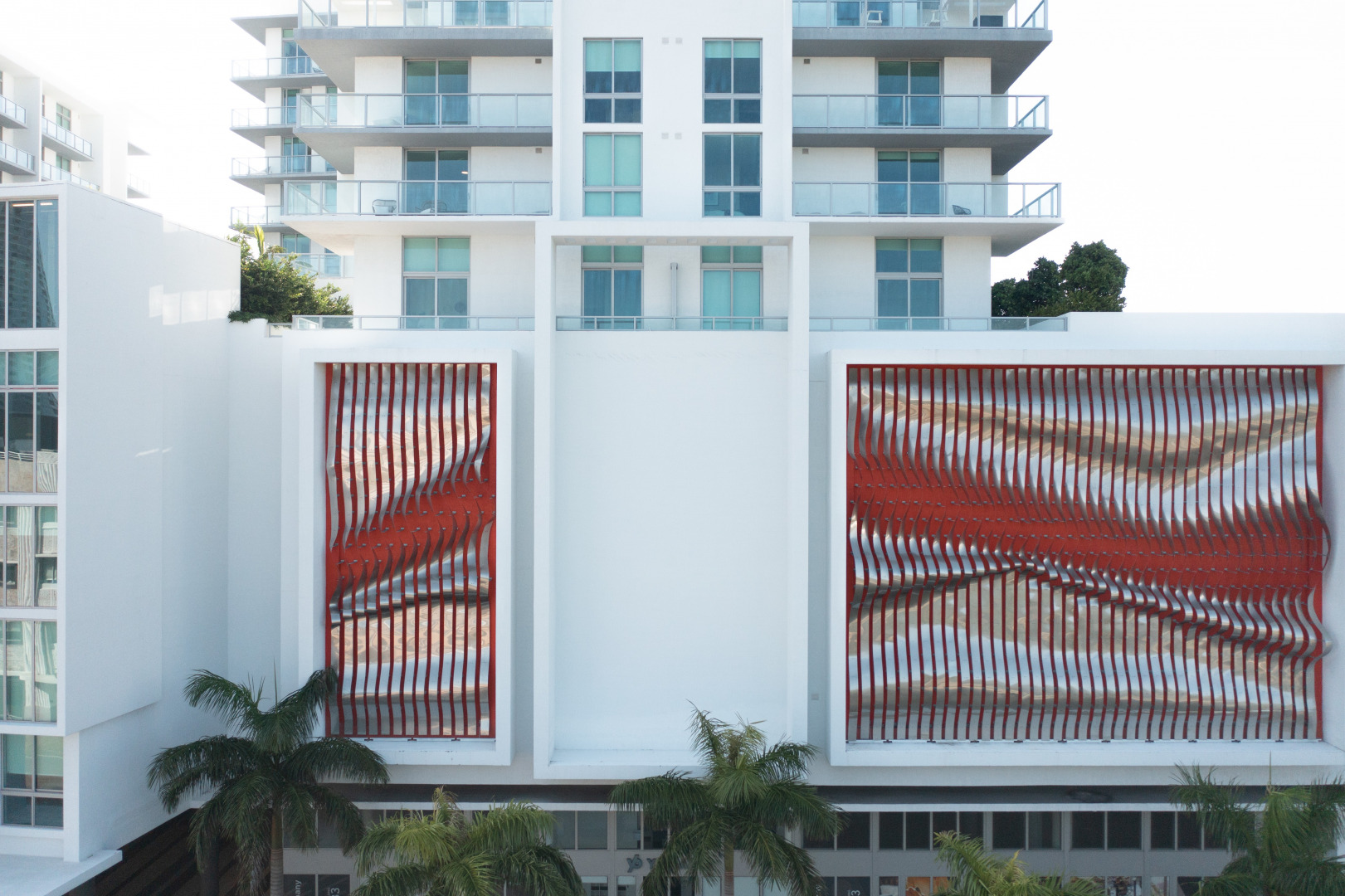
Alright, so let’s move onto what keeps you busy professionally?
It definitely wasn’t easy to get to where we are today — becoming pioneers in the field of sustainable art took time, patience, and a lot of perseverance. In the beginning, there was very little interest in what we were offering. Companies weren’t investing in art, and corporate social responsibility was still a new concept for many. We had to be the first to explain the value of strategic art in the workplace — not as decoration, but as a meaningful tool for internal culture, identity, and community building.
At the time, very few companies were willing to invest in something that couldn’t be measured directly in financial terms. Presenting our ideas to boards that were focused solely on numbers was extremely challenging. But things started to shift when we began positioning art as a way to strengthen corporate culture — to support Human Resources goals through identity, branding, and a sense of purpose. We found ourselves aligned with a moment of change: companies started realizing that success wasn’t just about attracting customers — it was also about retaining talent.
Top professionals weren’t leaving their jobs just for higher salaries elsewhere — they were leaving because they didn’t feel connected to the values or purpose of their workplace. At the same time, many companies were facing real conflict with the communities surrounding their factories or offices — often because those relationships had been neglected or misunderstood.
That’s where we came in — offering art not just as aesthetic value, but as a bridge. A way to communicate with heart. A way to connect the company to its people, and to the community around it.
What excites me most today is that our art continues to be deeply rooted in place and context. The themes we work with come from the spaces where the art will live — we aim for coherence, dialogue, and connection with the environment. What sets us apart is that we create site-specific, strategic, and sustainable art that strengthens identity and encourages a sense of belonging — not only within companies but between companies and the communities they’re part of.
Today, the challenges are even greater — but also more inspiring. We’re focusing on sustainable art that brings in voices and contributions from more vulnerable groups — such as local artisans or people whose lives and work are connected to the mission of the institutions we collaborate with. Supporting them means bringing more humanity into our projects and contributing to their growth and visibility.
Another major challenge — and opportunity — is visibility. We want to share our story and the stories of our collaborators. We want to bring art closer to everyday life — to inspire people and remind them of the value of what is human, of what is unique and diverse. If our work can help create a more connected, respectful, and meaningful world, then we’re on the right path
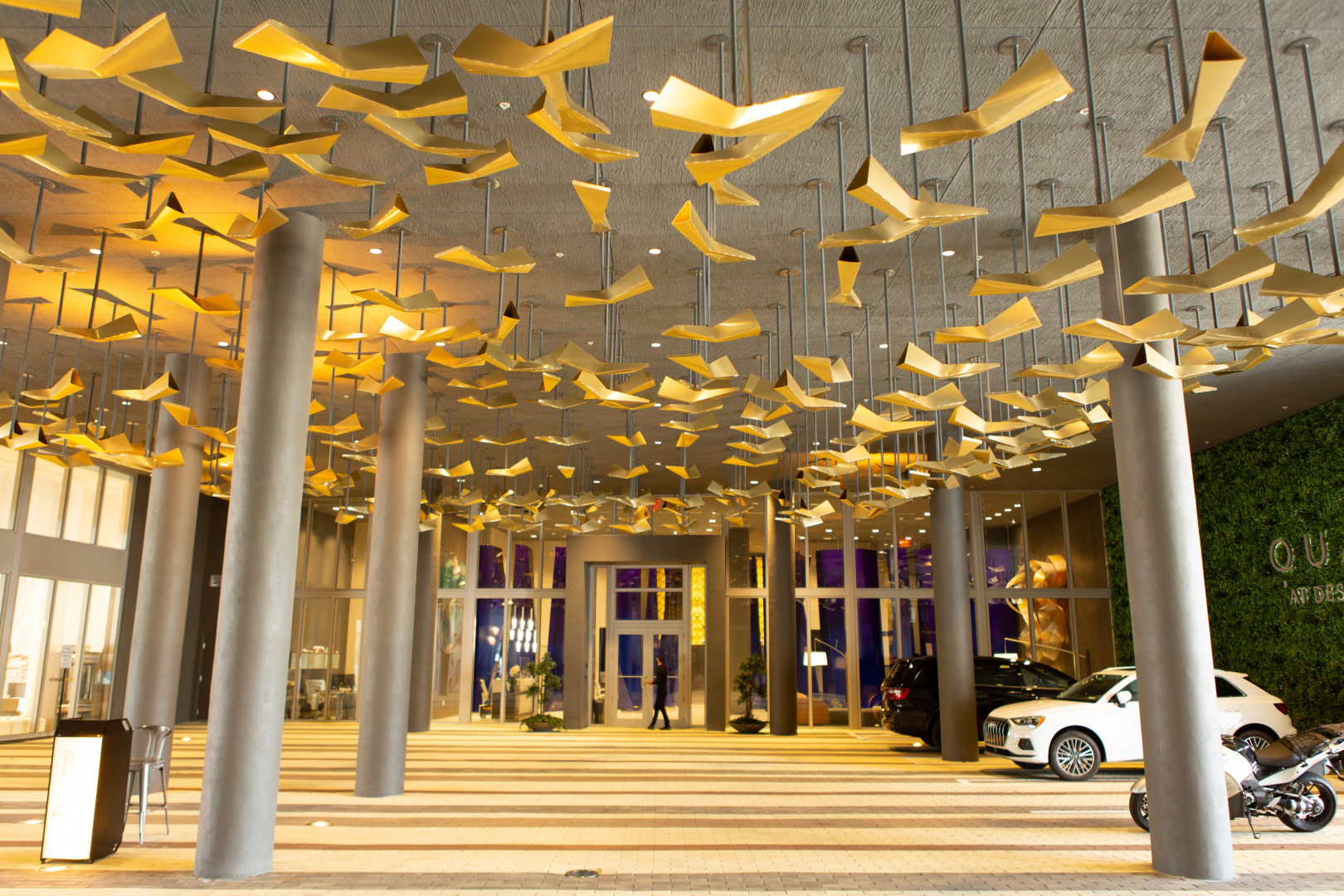
If you had a friend visiting you, what are some of the local spots you’d want to take them around to?
I would take them on three different “tours”.
The first one is “Design, Art & Good Food”.
We’ll kick things off at Quadro in the Design District (3900 Biscayne Blvd), which is super close to my heart. I’ve installed a ton of custom artwork there, and honestly, it’s more than just a building—it’s a space that tells a story. I’ll show you around and point out some of the pieces that mean the most to me.
Then we’ll walk over to St. Roch Market (140 NE 39th St), a cozy little food hall right in the middle of the district. Tons of good food options—ramen, tacos, seafood, you name it—and if you’re in the mood for something sweet, their ice cream is awesome. The whole area is full of cool architecture and design stores, so we can just take our time exploring.
Later in the afternoon, we’ll check out ICA Miami (61 NE 41st St). It’s super close by, always has something bold going on, and it’s free! It’s one of those places that always makes you feel like you’re seeing the next big thing before it’s big.
Second tour would be “Museums & Architecture Walk”.
We’ll start at the Pérez Art Museum Miami (PAMM) (1103 Biscayne Blvd). Honestly, the space is as impressive as the art inside. Designed by Herzog & de Meuron, it’s right on the bay and has the kind of view that makes you want to stay there all day.
After we’re done exploring the exhibits, we’ll walk around Museum Park right outside—it’s breezy, green, and peaceful, with Biscayne Bay stretching out in front of you.
From there, we’ll check out One Thousand Museum (1000 Biscayne Blvd)—the skyscraper designed by Zaha Hadid. It’s wild. The curves, the structure… it feels like it’s from the future. Then just a few blocks away is the Alfred I. duPont Building (169 E Flagler St), which is on the complete opposite end of the vibe spectrum—very old-school Miami, with Art Deco and Neoclassical details. Totally worth seeing both side by side.
And finally “Gardens, History & Dinner with a View”.
We’ll keep it chill in the morning and head to Vizcaya Museum & Gardens (3251 S Miami Ave). It’s this beautiful old villa that honestly feels like you’ve stepped into Europe for a bit. We’ll walk through the gardens, admire the architecture, maybe sit down for some tea or coffee with a view of the water—super relaxing.
To wrap up the day, we’ll have dinner at Cantina La Veinte (495 Brickell Ave), which sits right on the waterfront in Brickell. It’s a gorgeous Mexican restaurant, and the vibe is perfect for a last stop—boats drifting by, the skyline lit up, and the food is next level. The whole scene just hits right.
Hopefully, my friend would enjoy these outings as much as I would!
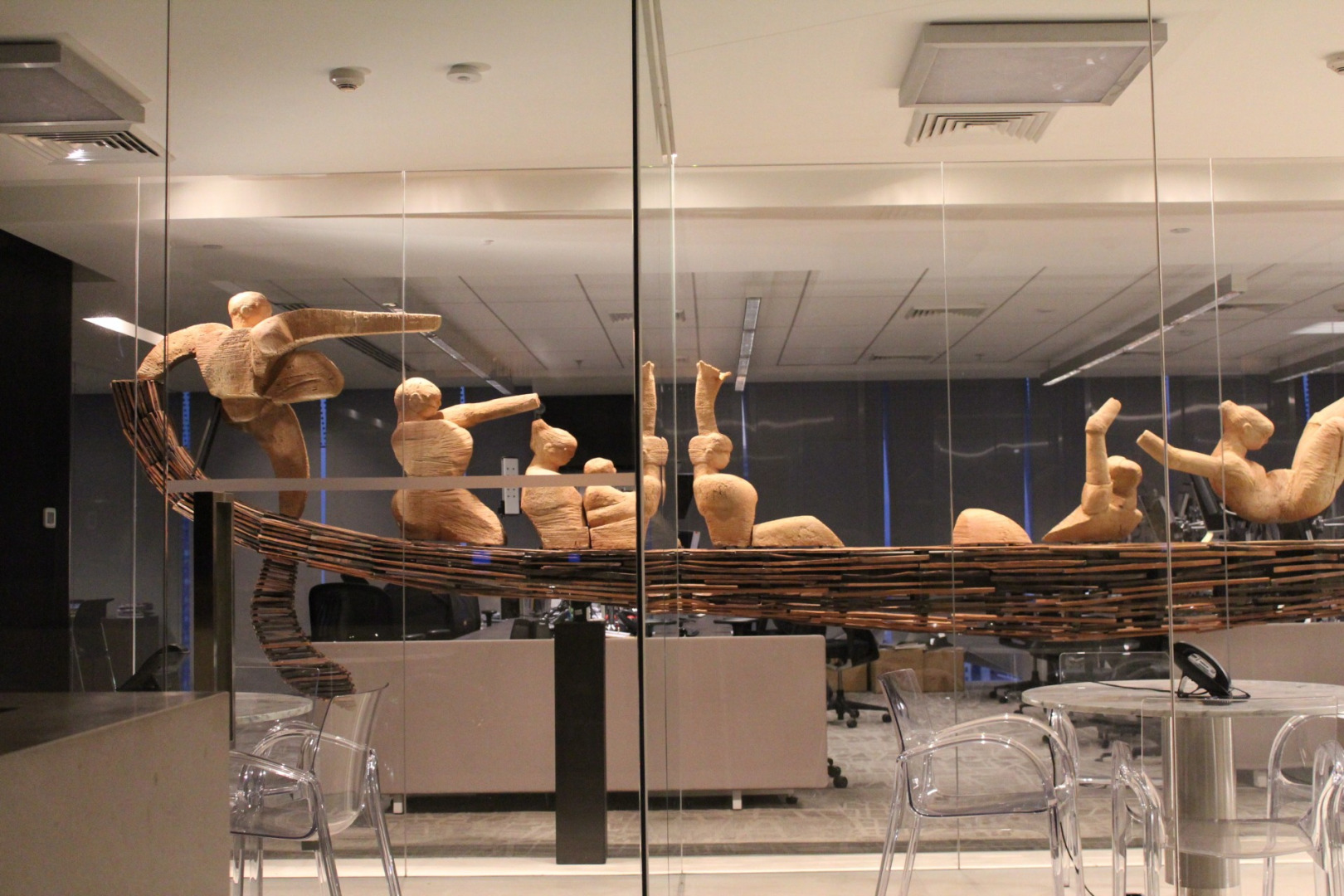
Who else deserves some credit and recognition?
I’m very aware that I wouldn’t be where I am today without the influence and support of key people in my life. The first person I’d like to dedicate this shoutout to is my father, Alfonso del Río. He was someone who never gave up in the face of obstacles. He had this incredible ability to win people over with integrity and kindness, and when faced with difficulty, he didn’t fight blindly — he looked for smarter, more creative ways to reach his goals. That resilience and intelligence in the way he approached challenges had a deep impact on me.
I’d also like to recognize Fernando Pérez Oyarzún, who was the Dean of the School of Architecture at the Pontificia Universidad Católica de Chile. I met him in my first year as a student, and he taught me something that completely shifted the way I saw myself. Instead of focusing on my flaws or what I was doing “wrong,” he encouraged me to value what made my work unique — particularly my way of drawing, which at the time was very personal and different. He once told me: “Focus on the good in your drawings — there’s a whole world there that helps us see reality through your eyes.” That gave me confidence to lean into my individuality as a creative, and I’ve carried that lesson with me ever since.
Website: https://www.artwithdna.com
Instagram: fdelrioart

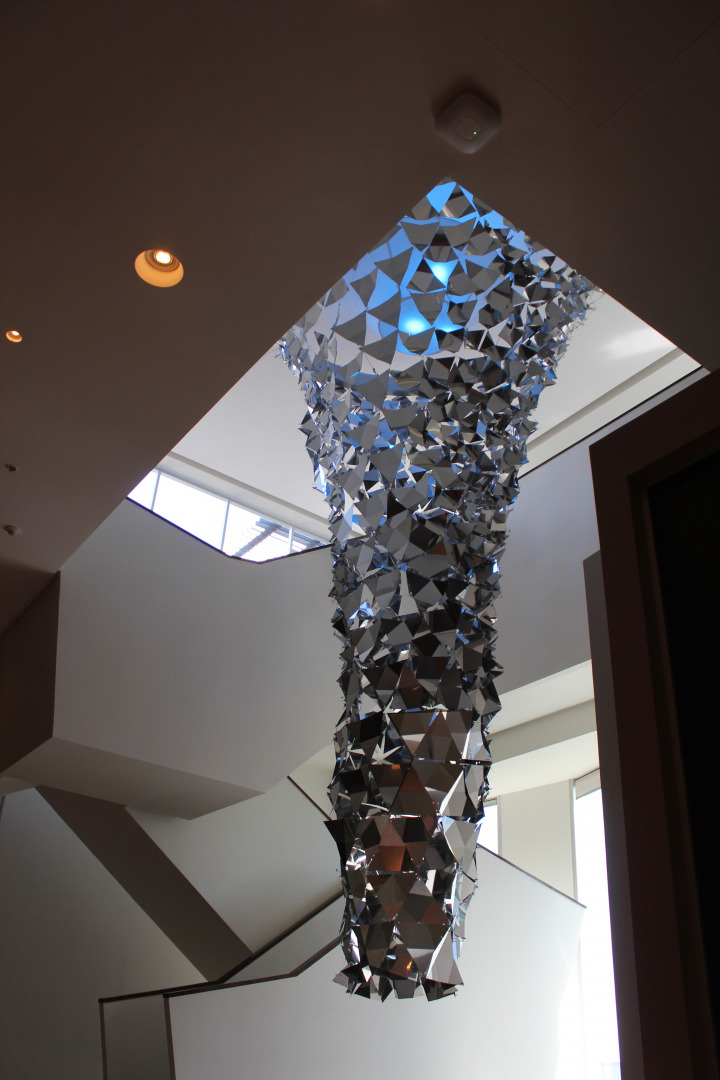
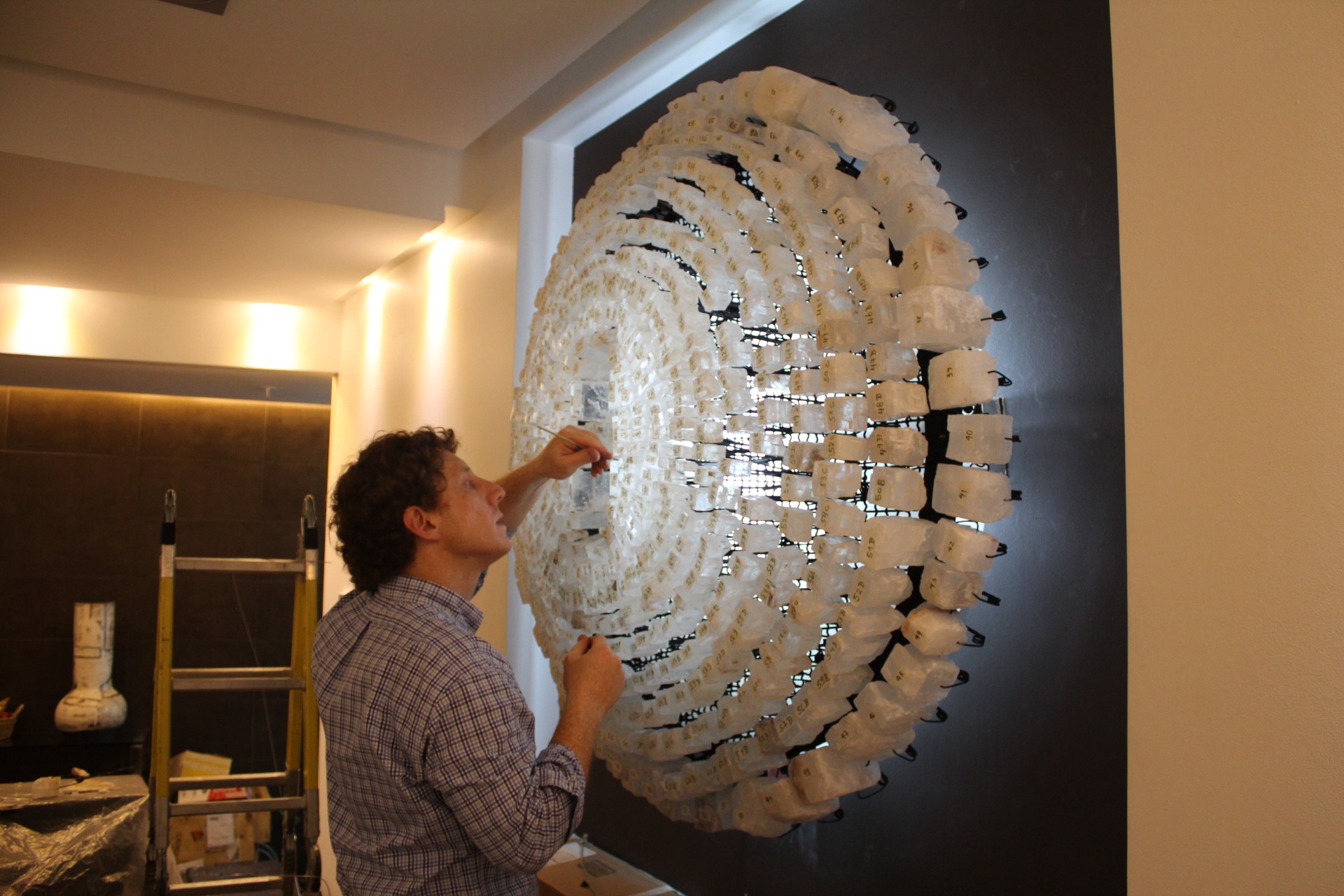
Image Credits
Ale Valdivia Photographer and Francisco del Río
